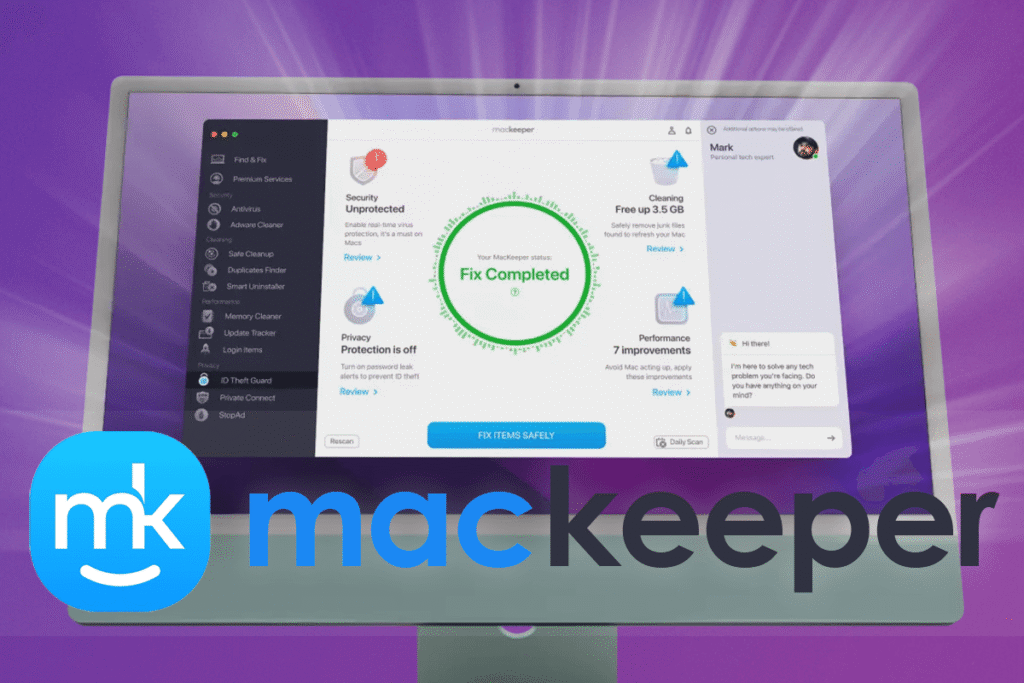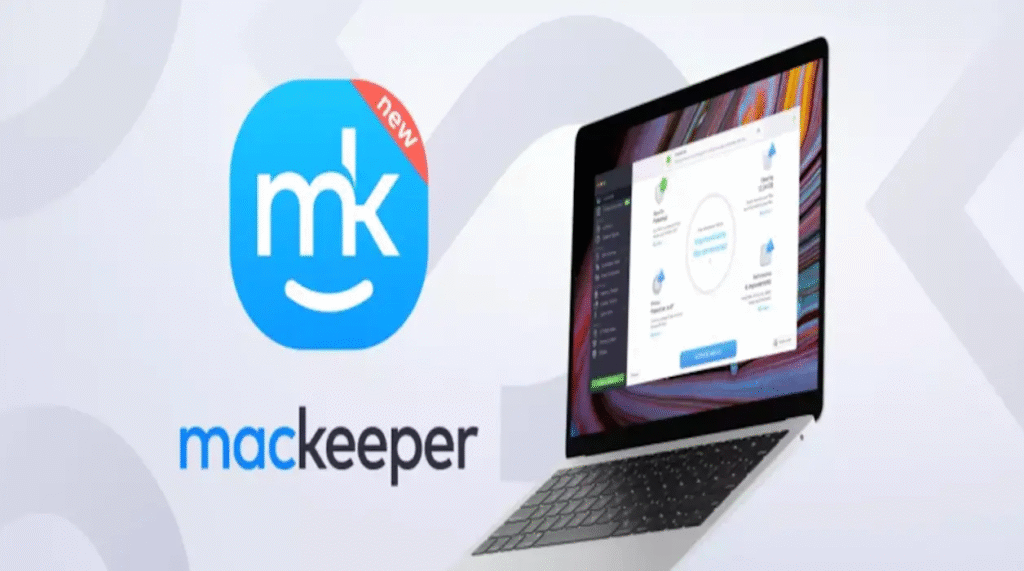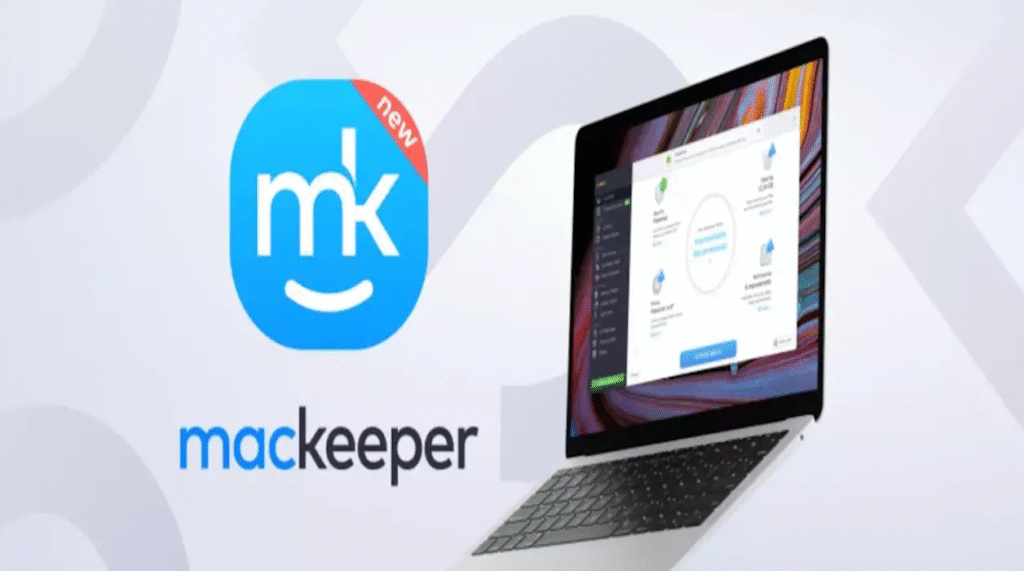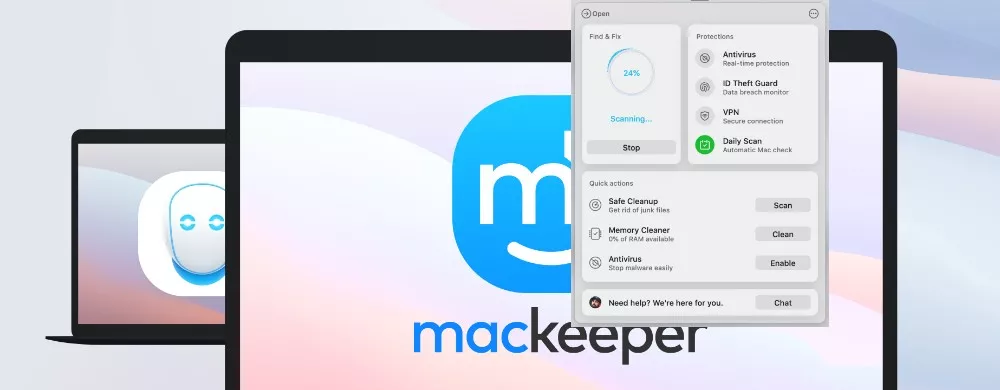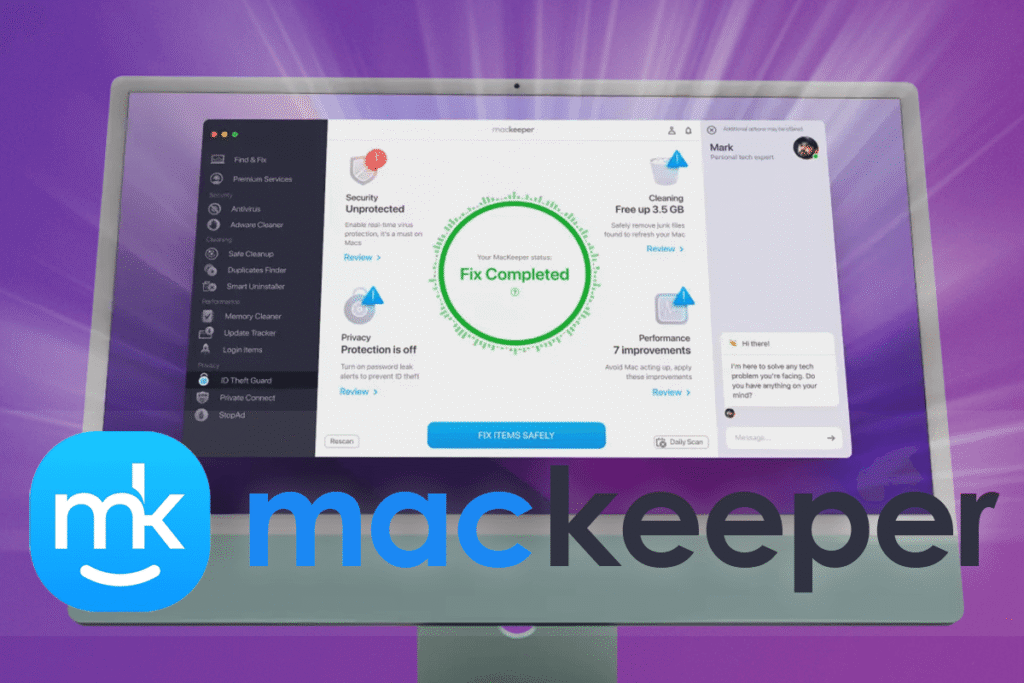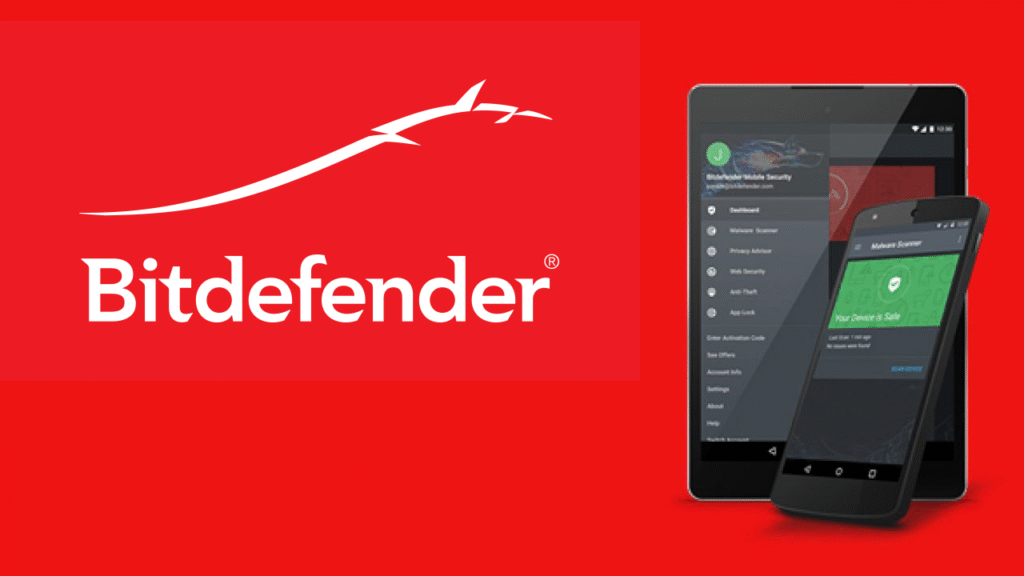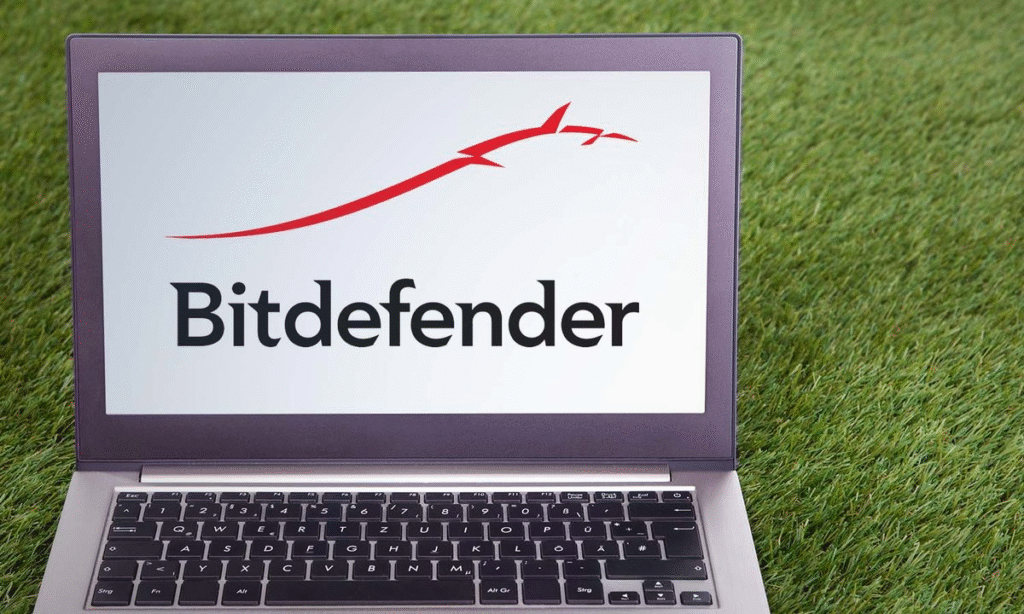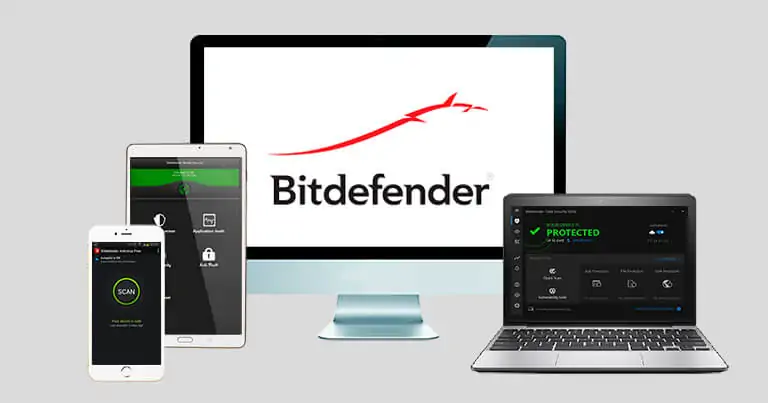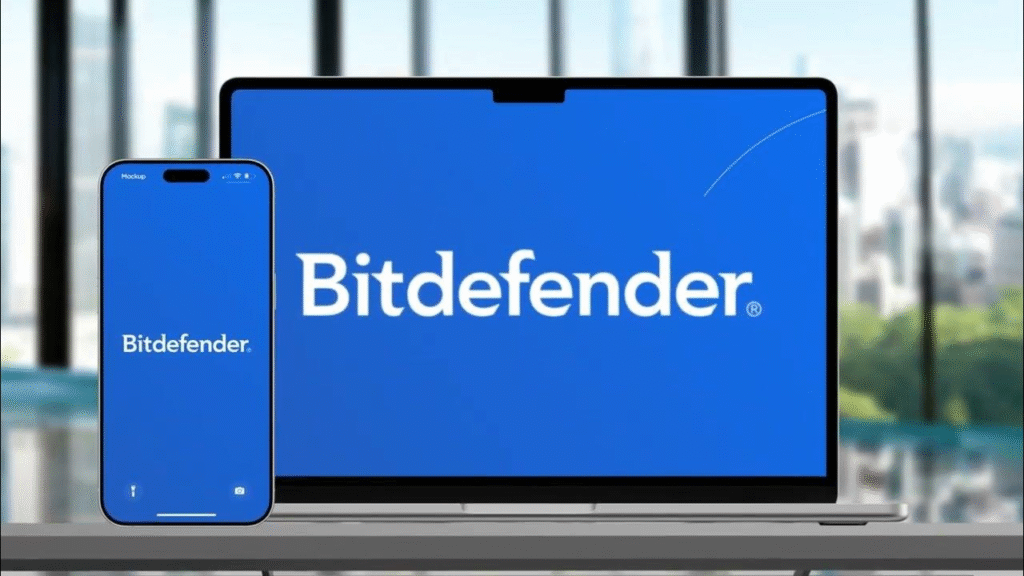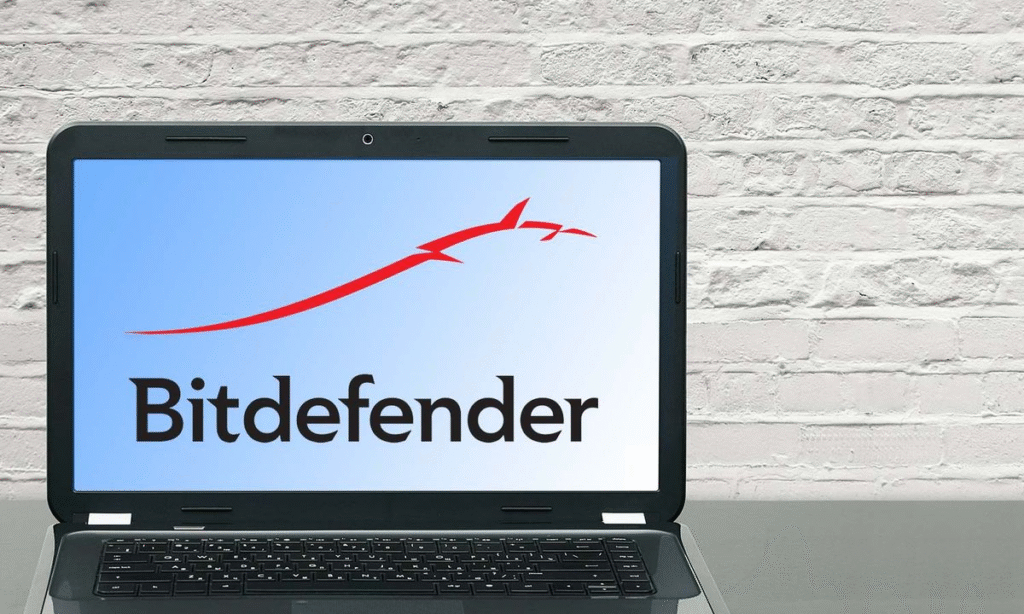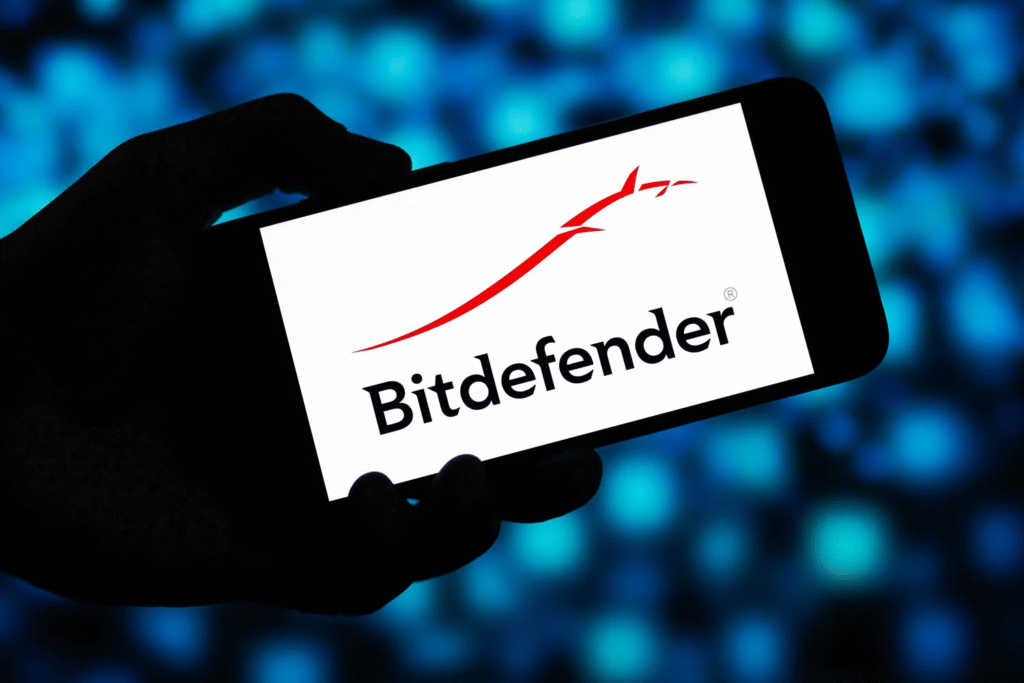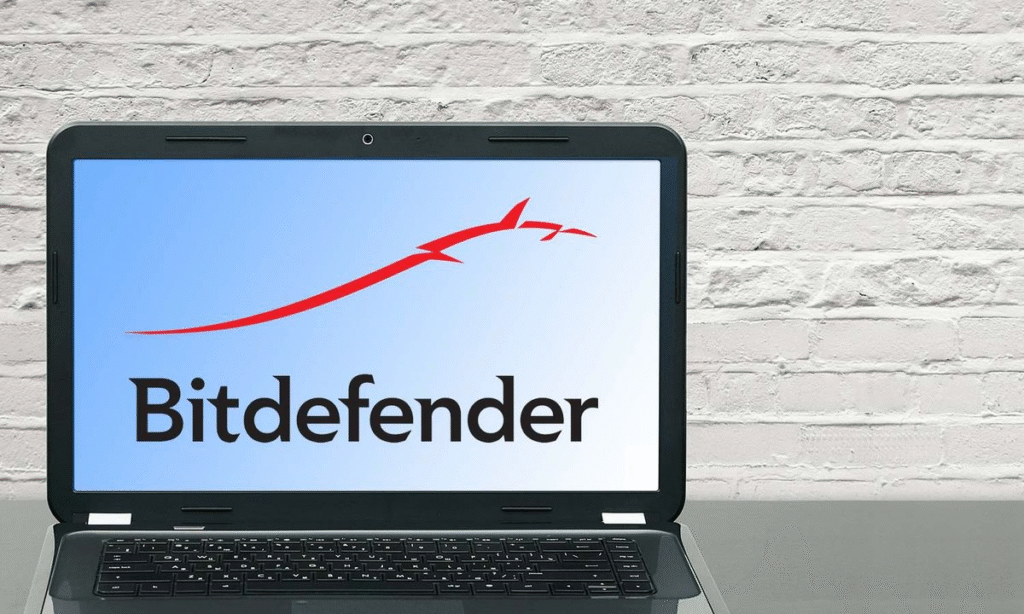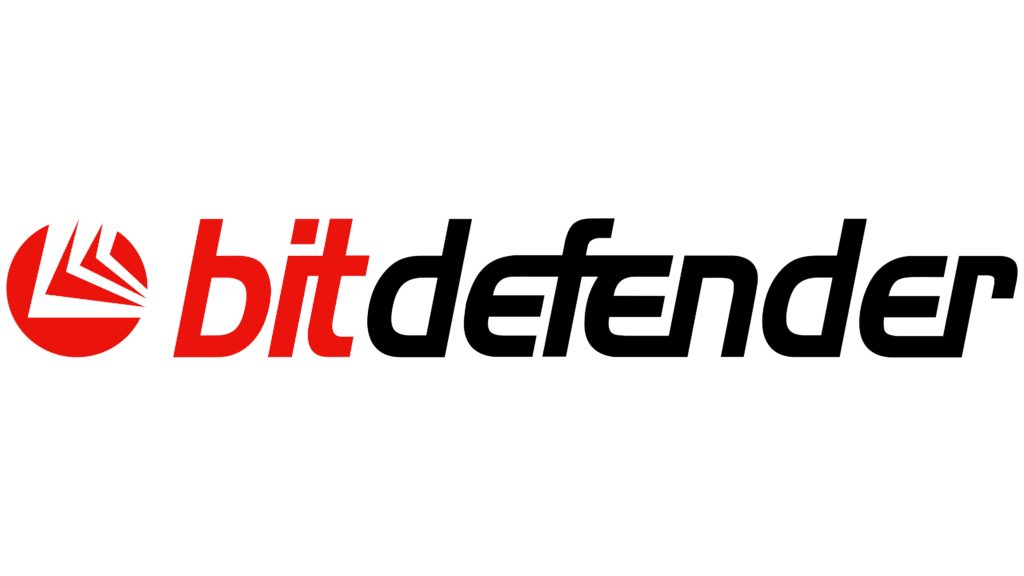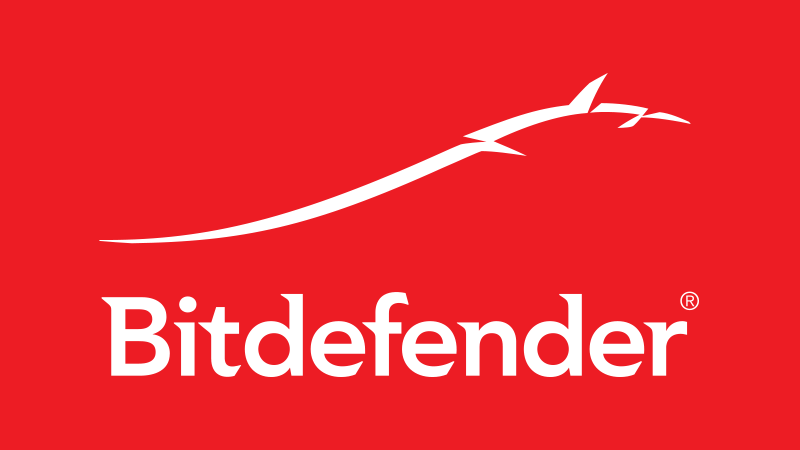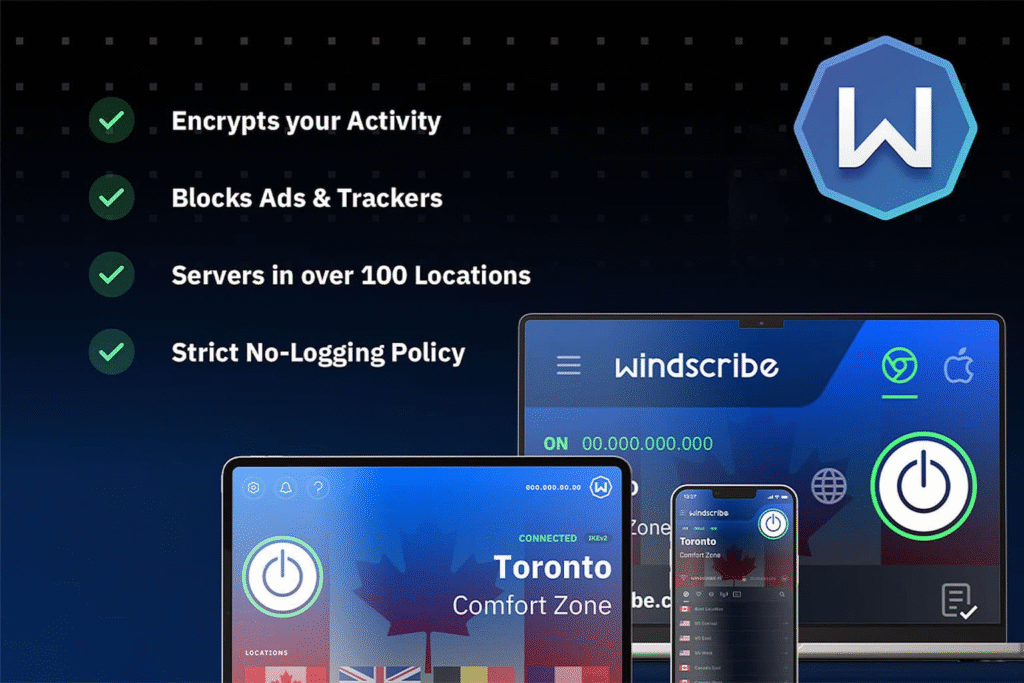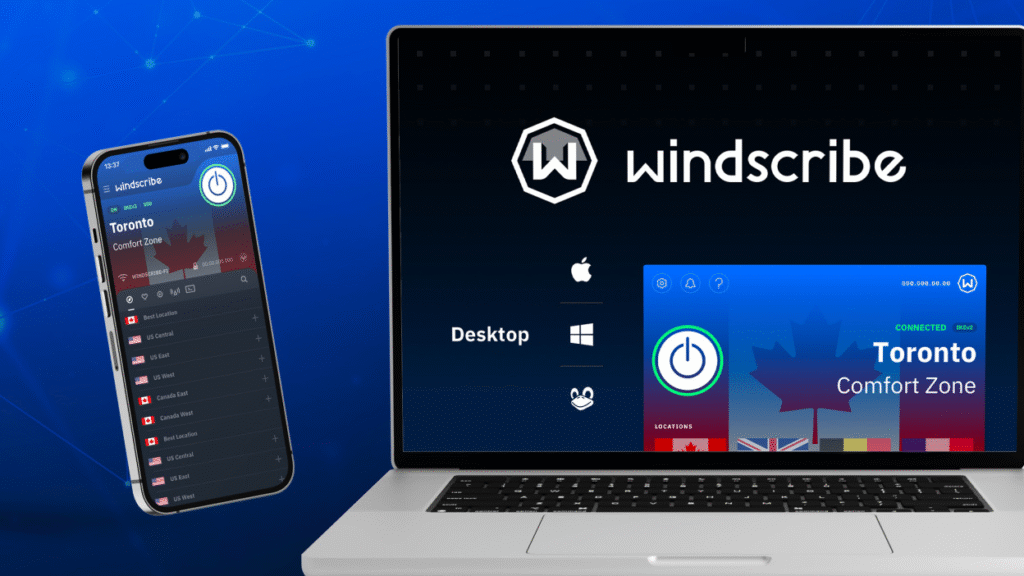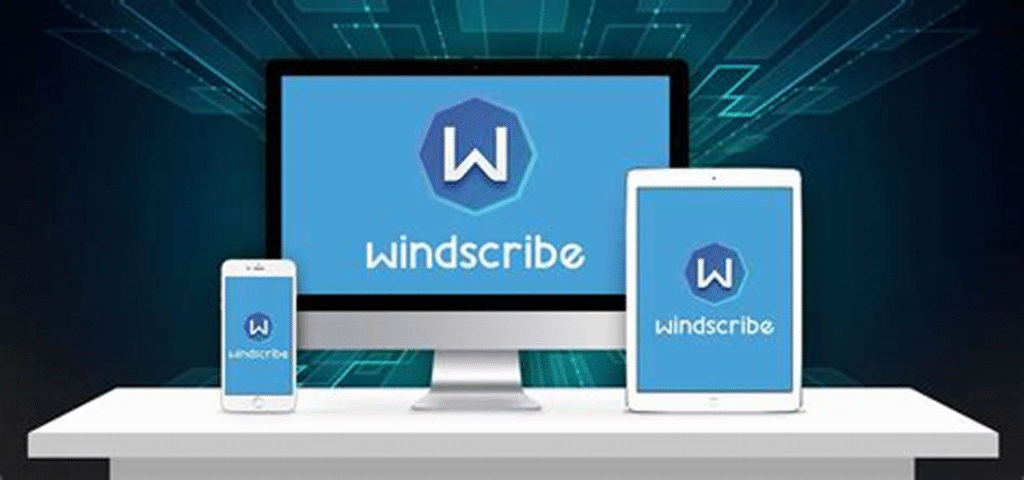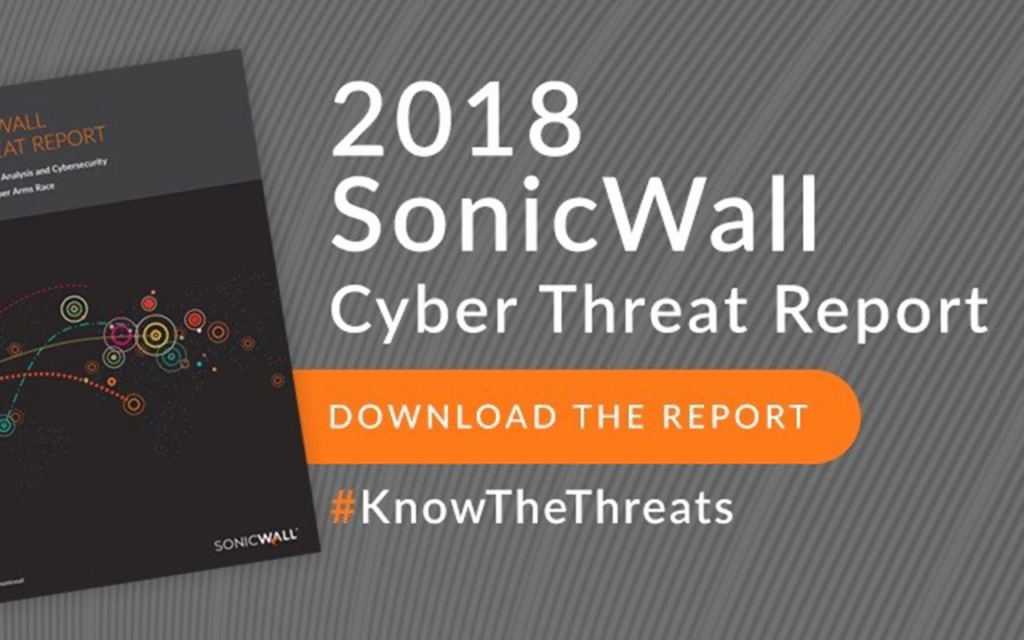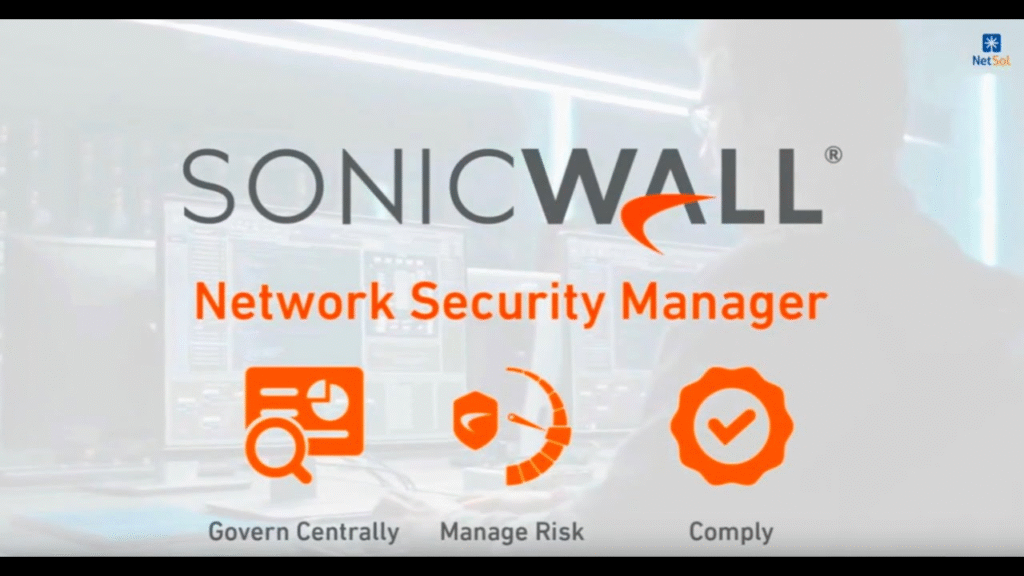In today’s digitally driven environment, protecting your personal data, device performance, and online privacy has never been more critical. MacKeeper Login As cyber threats continue to evolve, so must the tools we rely on to guard our digital lives. MacKeeper is one such solution—a comprehensive macOS software suite designed to clean, optimize, and protect your system. At the center of this protection lies your login portal. Knowing how to secure your Mac: managing your MacKeeper login account effectively can help you take control of your digital security and privacy like never before.
Whether you are a seasoned user or new to the world of Mac optimization and cybersecurity, understanding your MacKeeper login account is essential. Login MacKeeper From accessing security features and managing personal data to troubleshooting access issues and enhancing account security, your login credentials are the key to unlocking a full suite of protection and performance tools.
The Critical Role of Your MacKeeper Login Account
Your MacKeeper login account acts as the central hub for your entire security infrastructure. It ties your software license to your identity, allowing you to access antivirus tools, schedule performance scans, MacKeeper Login clean your system, protect your browsing activity, and contact technical support.
When you think about what it truly means to secure your Mac: managing your MacKeeper login account, it becomes clear that this process is about more than just logging in. It involves maintaining the integrity of your system through timely updates, secured authentication, proactive monitoring, and smart management of account features.
MacKeeper’s platform depends on an active and authenticated login to deliver real-time protection. With your login account, you can synchronize updates, connect multiple devices if your plan allows, Login MacKeeper and receive personalized alerts about system vulnerabilities. The importance of this login cannot be overstated in the broader mission to protect your Mac and your personal data.
Creating Your MacKeeper Account
To begin the process of managing your MacKeeper account, the first step is account creation. When you purchase or install MacKeeper, you are prompted to register with an email and password. This registration links your license to your profile and activates all included features.
During this step, it is essential to use a valid email address and to create a strong, unique password. MacKeeper Login Your password should contain a mix of uppercase and lowercase letters, numbers, and special symbols to ensure resilience against brute-force attacks.
By completing this step, Login MacKeeper you establish your digital identity within the MacKeeper ecosystem. This foundational process sets the tone for your future interactions with the software and lays the groundwork for everything related to secure your Mac: managing your MacKeeper login account.
Accessing the Account Interface
After installation and account creation, you can access your login account through the MacKeeper application on your Mac. The interface is designed for user-friendliness, making it easy to view your account status, Login MacKeeper license details, and access the suite of tools that come with your plan.
Once inside, the dashboard provides a visual overview of your Mac’s health, including memory usage, storage status, malware protection, and privacy status. MacKeeper Login This panel is only available to authenticated users, reinforcing the importance of securing your login information.
Accessing your account interface is also the first step in taking full control of your system’s security posture. By doing so, you’re actively participating in the broader mission to secure your Mac: managing your MacKeeper login account properly and proactively.
Monitoring Your Subscription and Licensing
A key feature of your login account is subscription management. From within the account interface, you can view your current subscription plan, its expiration date, and any active licenses tied to your email address. You can also upgrade, renew, or cancel your subscription from here.
Understanding and managing your license ensures that you are not caught off guard by an expired plan or a reduction in service. More importantly, Login MacKeeper an active subscription ensures that antivirus definitions remain updated, malware detection remains functional, and new features continue to be delivered to your device.
Effectively managing your subscription is one of the most crucial parts of learning how to secure your Mac: managing your MacKeeper login account thoroughly. It keeps your protection uninterrupted and guarantees access to the latest digital security tools.
Changing and Updating Account Credentials
Your MacKeeper login credentials are your first line of defense against unauthorized access. If you suspect that your email or password has been compromised, you must act quickly. MacKeeper Login Changing your account password is a straightforward process that begins within the account settings menu.
You should regularly update your password to reduce the risk of account breaches. When doing so, avoid reusing passwords from other sites or using predictable patterns. Login MacKeeper Using a password manager can help you create and store complex passwords securely.
Beyond just password changes, updating your contact email if necessary ensures you never lose access due to an outdated address. This is an often-overlooked step, but it plays a vital role in how to secure your Mac: managing your MacKeeper login account with foresight and responsibility.
Implementing Two-Factor Authentication
While not always a default feature, two-factor authentication (2FA) is becoming a standard security practice for software platforms. If MacKeeper supports 2FA in your version, it is highly recommended to enable it. This adds a second layer of verification beyond just your password, significantly reducing the risk of unauthorized access.
Two-factor authentication typically involves a time-sensitive code sent to your phone or email. Even if a hacker guesses your password, they would still need access to your second authentication method to gain entry. This feature exemplifies the modern standards of account protection and is an important component of how to secure your Mac: managing your MacKeeper login account effectively.
Troubleshooting Login Issues
Access problems can occur for various reasons, from simple typos to more complex issues like expired subscriptions or network errors. Knowing how to troubleshoot these problems is part of successfully managing your MacKeeper login experience.
First, confirm that your internet connection is stable. MacKeeper relies on online validation to authenticate accounts and synchronize updates. Next, double-check your email and password. MacKeeper Login Ensure that the caps lock is off and that there are no extra spaces accidentally included during input.
If the login still fails, use the password reset function to generate a secure new login credential. Occasionally, reinstalling the application or clearing cache files may resolve stubborn login loops or bugs. Understanding these steps helps you maintain consistency and continuity as you aim to secure your Mac: managing your MacKeeper login account seamlessly.
Understanding Session Management and Auto-Login
Many users prefer to stay signed in for ease of use, especially when using a personal device. MacKeeper may offer options to remember login credentials or maintain session status between uses. Login MacKeeper While convenient, users must weigh the trade-off between convenience and security.
If you use a shared device or occasionally allow others access to your Mac, it is advisable to log out of your MacKeeper account after each session. This reduces the risk of unauthorized changes to settings or misuse of premium tools tied to your subscription.
Knowing how session management works and how to use it responsibly is a valuable part of how to secure your Mac: managing your MacKeeper login account in real-world settings.
Enhancing Privacy Through Account Settings
Privacy protection is one of MacKeeper’s standout features. Within your account dashboard, you may find options to manage tracking prevention, VPN access, ad blocking, and browser extensions. These tools operate more efficiently when they are configured and managed through your authenticated account.
Customizing these features to suit your personal or professional needs allows you to enjoy a safer browsing experience. MacKeeper Login Whether you need to mask your location, block suspicious websites, or anonymize your online behavior, proper use of your login account enhances the effectiveness of all these privacy features.
Taking time to personalize these settings is one more way you can actively secure your Mac: managing your MacKeeper login account with precision and care.
Protecting Children and Family Accounts
For users managing devices for children or family members, your login account becomes a central authority for ensuring safe usage. Through account settings, Login MacKeeper you can activate features that limit exposure to harmful content, disable risky apps, and schedule cleanup tasks.
Although MacKeeper is not classified as parental control software, its optimization and security features can be tailored to create a safer digital environment for younger users. Using the MacKeeper account as a supervisory tool reflects a modern approach to device protection and supports your goal to secure your Mac: managing your MacKeeper login account holistically.
Keeping Software and Security Features Up to Date
The MacKeeper software regularly receives updates that include bug fixes, new tools, and improved performance features. These updates are often tied to your login account, MacKeeper Login which verifies your eligibility and synchronizes your software with the latest enhancements.
By staying logged in and maintaining an active account, you guarantee your Mac remains protected by the most recent security patches and optimization strategies. Neglecting software updates can leave you exposed to threats or performance degradation, which runs counter to the mission of secure your Mac: managing your MacKeeper login account correctly.
Customer Support and Account Recovery
In situations where login fails despite all troubleshooting attempts, MacKeeper’s customer support team offers assistance through your registered email. Login MacKeeper Providing your account details allows the support team to investigate issues, reset credentials, or restore access if your account has been compromised or locked.
The speed and effectiveness of customer support often depend on the accuracy of your account information. Make sure your registered email and payment history are always up to date to avoid delays. This proactive stance supports your efforts to secure your Mac: managing your MacKeeper login account during emergencies or unexpected technical problems.
Why Regular Login Matters for Security
Logging in to your MacKeeper account regularly ensures that your device receives real-time protection, alert notifications, and software updates. More importantly, it verifies that your account remains active and free of any unauthorized access.
Frequent login also allows you to spot irregularities early, such as failed login attempts or unexpected device logins. This vigilance is essential in maintaining both the health of your Mac and the security of your user data.
Building a habit of regular check-ins aligns with best practices in digital hygiene and contributes to the broader mission to secure your Mac: managing your MacKeeper login account with diligence and awareness.
Final Thoughts: Taking Ownership of Your Digital Safety
At the heart of every protected Mac is a user who understands the tools they are using. Your MacKeeper login account is more than just a username and password—it’s a digital command center. MacKeeper Login It holds the power to defend your device, optimize its performance, and protect your privacy in a constantly evolving digital world.
By learning the ins and outs of how to secure your Mac: managing your MacKeeper login account, you place yourself in control. You protect your personal information, ensure peak system functionality, and stay ahead of potential threats.
This guide is your starting point. Login MacKeeper Continue to educate yourself, stay informed about software updates, and maintain strong digital habits. In doing so, you’ll not only be using MacKeeper effectively—you’ll be securing your Mac with intelligence, precision, and confidence.


